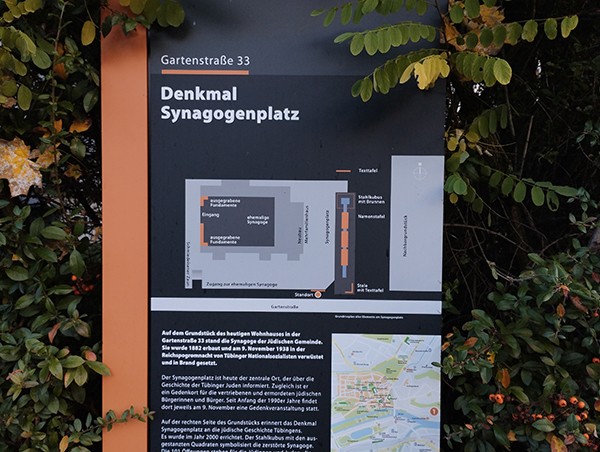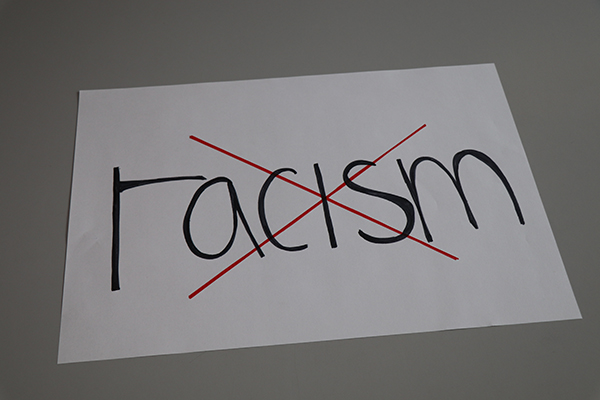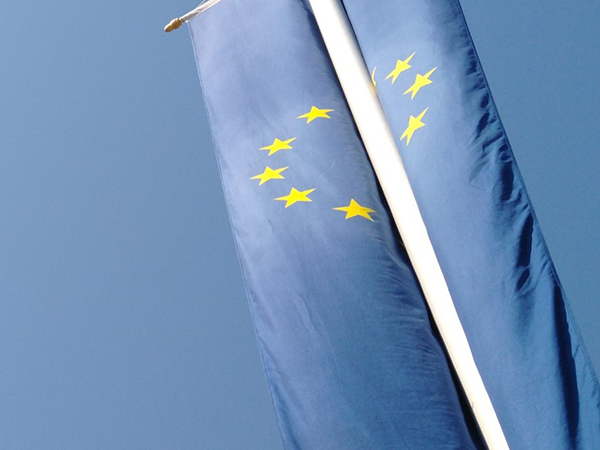By Wolfgang Sannwald
On the evening of November 9, many parliaments, cities, communities and people in Germany commemorate the night of November 9-10, 1938, when the leaders of National Socialism in Germany directly and deliberately attacked Jewish people and the facilities of Jewish communities. Some historians refer to this so-called Reichspogromnacht as the beginning of the systematic persecution and extermination of European Jewry. Between 1939 and 1945, the Nazi-controlled German Reich had more than six million people murdered across Europe, mainly through mass shootings and in concentration camps. The terms “Holocaust” or “Shoah” usually refer to the approximately six million Jewish victims of the mass murder.
Article 3 of the German Basic Law stipulates that no one “shall be disadvantaged or favored because of their sex, descent, race, language, homeland and origin, faith, religious or political beliefs” or be discriminated against because of their disability. The authors of the law referred in particular to German history between 1933 and 1945: even before November 9, 1938, German authorities were gradually disenfranchising certain groups of people, marginalizing and depriving them of their relatives.
The reason for the controlled acts of violence on November 9 and 10 was an assassination attempt in Paris on November 7, 1938. Herschel Grynszpan, a seventeen-year-old Jewish emigrant from Hanover, shot Ernst Eduard vom Rath from the German embassy in Paris. The NSDAP-controlled German News Office instructed the media to “give the assassination attempt the greatest possible prominence”. In particular, it was to “point out that the assassination must have the most serious consequences for the Jews in Germany”. The first riots broke out. Rath died on November 9 at 4.30 pm. According to a diary entry by his propaganda minister Joseph Goebbels, the “Führer” of the NSDAP and German dictator at the time, Adolf Hitler, reacted as follows: “Let the demonstrations continue. Withdraw the police. The Jews should feel the wrath of the people for once.” Goebbels then gave a speech.
The NSDAP leaders present took his speech to mean “that the party should not appear to the outside world as the originator of the demonstrations, but should in fact organize and carry them out”. Goebbels received “rapturous applause” and added: “Everything is about to hit the phones. Now the people will act.” From Munich, the assembled party superiors triggered a nationwide pogrom via telephone and telegraphic chains of command down to the lowest level of the party. This led to the destruction of at least 7500 stores owned by Jews, at least 1406 synagogues or prayer rooms and the murder of up to 1500 people.
National Socialists had brought all state authorities under their control since 1933. In November 1938, they prevented the police and fire department from protecting Jewish institutions. Conversely, persecuting authorities such as the police and auxiliary police carried out an order from Adolf Hitler and arrested at least 30,756 people, mostly of Jewish origin, since November 10 and deported them to so-called “protective custody camps” such as Buchenwald, Dachau and Sachsenhausen.
November 9 has additional significance in the German culture of remembrance. In 1918, the first republic was proclaimed on German soil and the monarchy came to an end. In 1923, a coup led by Adolf Hitler and Erich Ludendorff in Munich failed. In 1967, students unfurled a banner with the slogan “Unter den Talaren – Muff von 1000 Jahren” at the inauguration of the new rector of Hamburg University. This was the start of the so-called ’68 movement: among other things, it demanded that the state and society should come to terms with National Socialism. In 1989, “the Wall”, the fortified border line between the former GDR and the FRG, came down.
Source: Fernschreiben von Reinhard Heydrich (ns-archiv.de),
Source: Joseph Goebbels’ diaries: https://www.1000dokumente.de/index.html?c=dokument_de&dokument=0118_gob&l=de,
Literature: Angela Hermann: Hitler und sein Stoßtrupp in der “Reichskristallnacht”, in: Vierteljahreshefte für Zeitgeschichte 56 (2008), Heft 4, pp. 603-619. online link: https://www.ifz-muenchen.de/heftarchiv/2008_4_3_hermann.pdf,
Literature: Hans-Jürgen Döscher: „Reichskristallnacht“. Die Novemberpogrome 1938, Frankfurt am Main/Berlin 1988.
tun23110605
Das Denkmal Synagogenplatz in Tübingen. Foto: tünews INTERNATIONAL / Martin Klaus
002200




